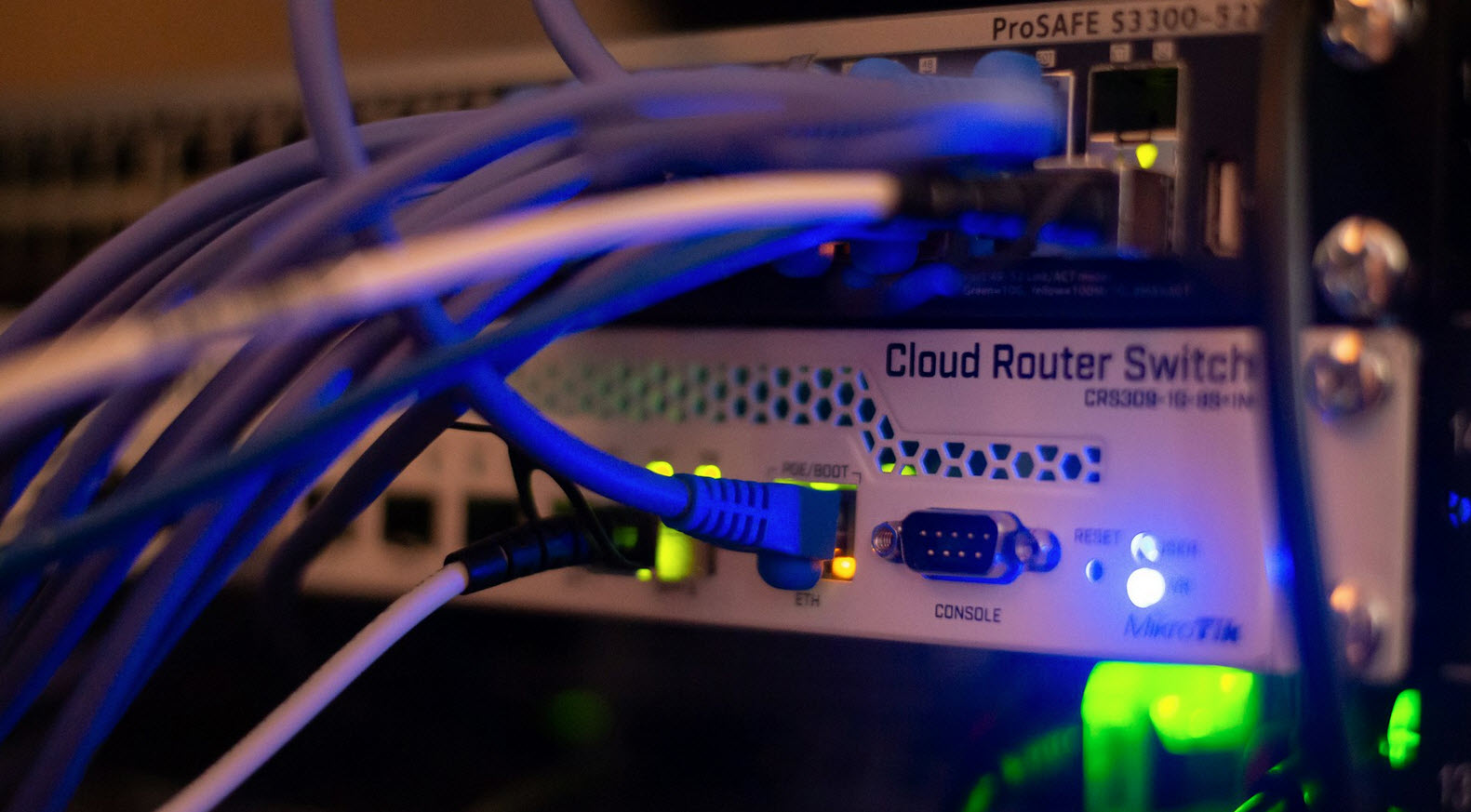
Computer Networking Questions which we mentioned here in below article will definitely helps you to crack all kind of technical Interviews.
Question 1: What is an Internet service provider?
Answer: Internet service providers (ISPs) provide the gateway to the Internet for their customers and information is shared.
Question 2: An internet is often confused with the _____________, but an internet is not necessarily part of the _____________.
Answer: An internet is often confused with the Internet, but an internet is not necessarily part of the Internet.
Question 3: What is an extranet?
Answer: An extranet is an intranet that is opened up to allow outside users.
Question 4: In a client/server network relationship, the ____________ stores data that is used by the users of the organizational LAN.
Answer: In a client/server network relationship, the server stores data that is used by the users of the organizational LAN.
Question 5: List at least three examples of a shared network resource.
Answer: Printers, Modem, Scanner, Data files, Applications and Storage
Question 6: What is a network protocol?
Answer: A protocol is a standard (or set of standards) that governs the rules to follow for setting up a data connection, communication between endpoints once the connection is set, and transferring data between those endpoints.
Question 7: What is the name of the ARPA subgroup that was set up to focus on research pertaining to anything that related to computing?
Answer: The Information Processing Techniques Office (IPTO)
Question 8: What are the four locations that made up the original ARPANET?
Answer: Stanford Research Institute, University of California, Los Angeles, University of California, Santa Barbara and University of Utah
Question 9: The Nations Science Foundation Network (NSFNET) was developed originally to allow researchers access to five supercomputers. Where were these supercomputers located?
Answer: Cornell University, Pittsburgh Supercomputing Center, Princeton University, University of Illinois and University of California, San Diego
Question 10: A _____________ standard is a standard that is developed and owned by a specific vendor.
Answer: A proprietary standard is a standard that is developed and owned by a specific vendor.
Question 11: What is a de facto standard?
Answer: A de facto standard is a standard that began as a proprietary standard and then grew to a standard that is used by pretty much everyone.
Question 12: ANSI is the organization that represents the United States in working with the global community on discussions relating to two important global standards organizations. Name these standards organizations.
Answer: International Organization for Standardization (ISO) and International Electrotechnical Commission (IEC)
Question 13: A ____________ is a team of IEEE professionals brought together to work on new research activities.
Answer: A working group is a team of IEEE professionals brought together to work on new research activities.
Question 14: IEEE 802.3 identifies which IEEE working group?
Answer: Ethernet Working Group
Question 15: IEEE 802.11 is the standard for ___________________.
Answer: IEEE 802.11 is the standard for wireless LAN technology.
Question 16: What functions are performed at the presentation layer?
Answer: Encryption services, Decryption services, Data compression services, Data decompression services and Translation services
Question 17: Network File System (NFS) is a data format that is used at the __________ layer.
Answer: Network File System (NFS) is a data format that is used at the Session layer.
Question 18: Open Shortest Path First (OSPF) is an example of a _____________ layer protocol.
Answer: Open Shortest Path First (OSPF) is an example of a Network layer protocol.
Question 19: Point-to-Point Protocol (PPP) is an example of a ______________ layer protocol.
Answer: Point-to-Point Protocol (PPP) is an example of a Data Link layer protocol.
Question 20: What does the term sneakernet refer to?
Answer: The term sneakernet refers to the days when data was copied on a floppy disk and then transported by an individual to the destination PC.
Question 21: What are the three main IEEE standards that are primarily associated with traditional LANs?
Answer: IEEE 802.2 Logical Link Control, IEEE 802.3 CSMA/CD Access Method and Physical Layer Specifications, IEEE 802.5 Token Ring Access Method and Physical Layer Specifications
Question 22: The Media Access Control sublayer provides __________ and _________ control.
Answer: The Media Access Control sublayer provides addressing and channel control.
Question 23: What was the name of the company that introduced Token Ring technology? When was it introduced, and what was the operating speed?
Answer: When Token Ring was first introduced by IBM it possessed a speed of 4 Mbps, thus not offering any advantage over CSMA/CD networks.
Question 24: True or false: Both IEEE 802.3 and Ethernet are CSMA/CD network standards that are fully compatible with each other.
Answer: False – Although both are network standards, the two are not fully compatible with each other.
Question 25: Although this protocol is closely related to Token Ring, it is not officially considered as part of the Token Ring family. Name this protocol.
Answer: Fiber Distributed Data Interface (FDDI)
Question 26: A star topology is implemented with the use of ___________ and UTP cables terminated with ___________ plugs.
Answer: A star topology is implemented with the use of hubs and UTP cables terminated with RJ-45 plugs.
Question 27: What are the two types of duplex? What are the differences?
Answer: Duplex is either half duplex or full duplex. The difference between the two is that full-duplex devices are capable of both transmitting and receiving at the same time, whereas half-duplex devices are either in transmit or receive mode but never both simultaneously.
Question 28: Fault ___________ is built into the dual-ring FDDI network.
Answer: Fault tolerance is built into the dual-ring FDDI network.
Question 29: What is POTS? What is it used for?
Answer: POTS stands for plain old telephone service. It refers to the use of voice-grade telephone lines to form a point-to-point data connection.
Question 30: What type of a node is required in order for two LANs to be able to communicate using the ISDN protocol?
Answer: LAN-to-LAN connectivity with ISDN can best be accomplished with the use of ISDN routers.








